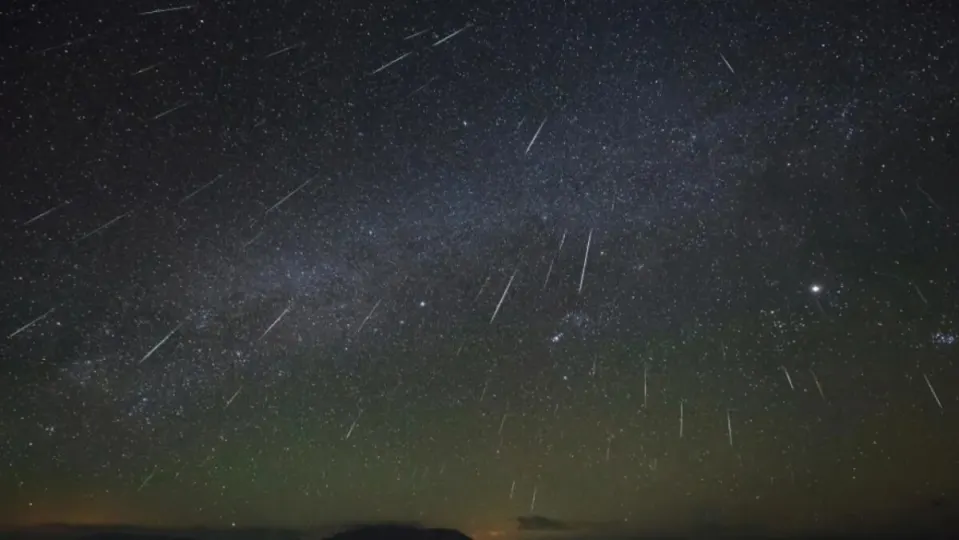Astronomy lovers, you have an appointment with the magnificent cosmos. The Eta Aquarids, one of the showers of stars that take place every year, will be seen this week in the night skies all over the world.
This event comes just two weeks after the hybrid solar eclipse enjoyed by the people of Western Australia, East Timor and West Papua (and other nearby regions), which preceded the Lyrids, the other major star shower of the spring, by just one day.
What are meteor showers?
When we talk about “meteor showers”, we really mean “meteor showers”. Meteors are chunks of dirt, ice and dust that break off from comets or asteroids orbiting the Solar System. In their motion around the Sun, the Earth encounters clouds of space dust containing these pieces, which eventually enter the Earth’s atmosphere and disintegrate due to friction.

In the case of the Eta Aquarids, the Earth passes through a cloud of space dust containing the remains of the famous Halley’s comet at this time of year. But this is not the only time of the year when this event takes place; in October, the planet Earth again passes through the remains of the popular comet, giving rise to the Orionids.
When, where and how to see the Eta Aquarids?
The Eta Aquarids were already visible in the early hours of 4-5 May. This popular star shower will continue to be seen in the skies until 27 May, although its peak in Spain will take place on the night of 5-6 May, when observers will be able to see a large number of shooting stars.
The star shower can be observed from anywhere in the world, although it is advisable to look for a dark area with little or no light pollution. The event can be seen with the naked eye, without the need for telescopes, although it is advisable to look at the dark sky for 30 minutes to adapt your eyesight to the darkness and better appreciate the meteor shower.
Some of the links added in the article are part of affiliate campaigns and may represent benefits for Softonic.


